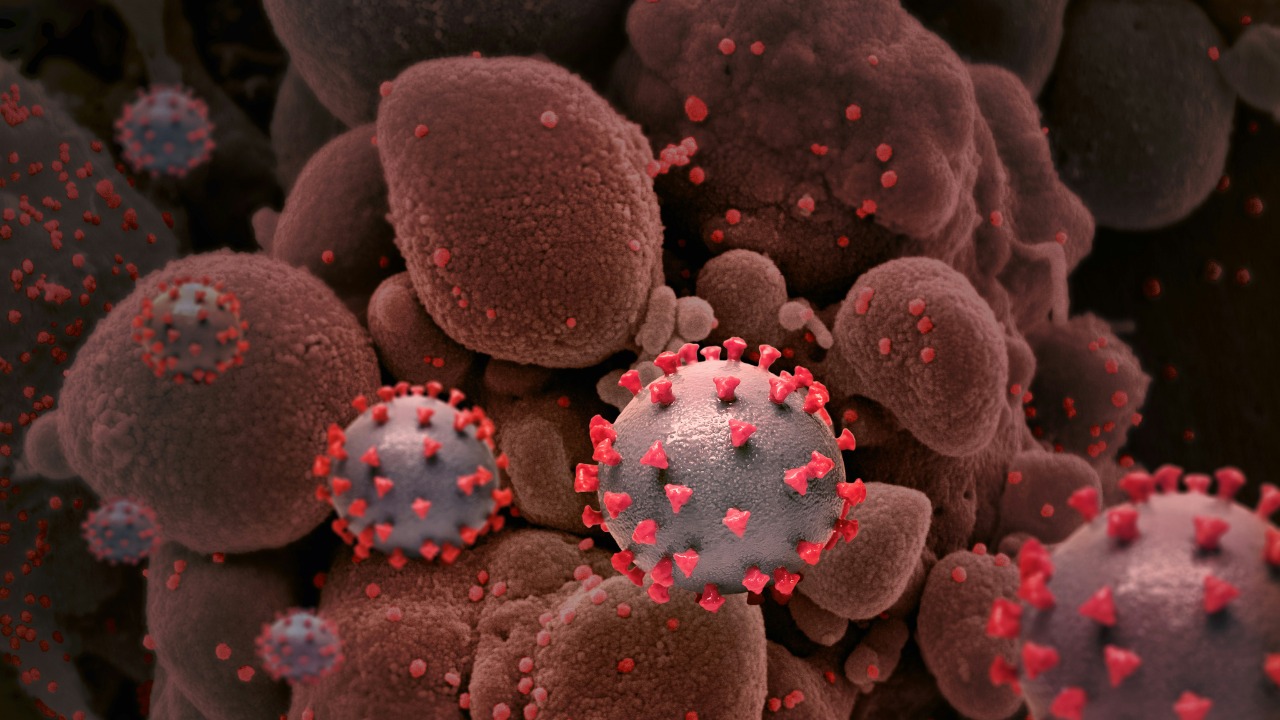
Recent studies have unveiled a groundbreaking cancer therapy that effectively halts tumor growth without causing harm to healthy cells. This innovative approach, building on earlier advancements, offers a beacon of hope for more targeted and less harmful treatments in the field of oncology.
The Core Mechanism of Tumor Inhibition
The crux of this breakthrough therapy lies in its ability to specifically target tumor growth processes, thereby halting their progression without impacting healthy cells. This selective approach, reported in October 2025, marks a significant stride in cancer treatment, as it minimizes the collateral damage often associated with conventional therapies. The therapy’s precision in avoiding harm to healthy tissues is a testament to the advancements in oncology, offering a more patient-friendly alternative to traditional treatments.
Earlier in March 2025, researchers at Arizona State University developed a new cancer treatment that disrupts tumor growth pathways. This method, similar to the recent breakthrough, underscores the shift towards more targeted and less harmful cancer treatments. The shared goal of these therapies is to selectively inhibit tumor growth, thereby reducing the adverse effects on healthy cells.
Advancements in Preventive Cancer Strategies
Preventive strategies in cancer treatment have also seen significant advancements. A ‘super vaccine’ capable of preventing cancer initiation was reported in a study from October 2025. This vaccine works by enhancing the immune system, thereby stopping cancer before it even starts. The development of such a vaccine marks a paradigm shift in cancer treatment, moving from reactive to preventive strategies.
The super vaccine not only prevents the initiation of cancer but also integrates immune system enhancements, providing a dual defense against the disease. This approach, as highlighted in the same study, could revolutionize cancer prevention, offering a proactive solution to a disease that has long been treated reactively.
Reprogramming Techniques for Colon Cancer
Another significant breakthrough in cancer treatment comes from South Korean scientists at KAIST, who have successfully reprogrammed colon cancer cells. This innovative approach, reported in April 2025, could potentially change the landscape of oncology. The reprogramming technique offers a novel way to combat cancer, turning the disease’s own cells against it.
The methods used by the KAIST researchers involve altering the genetic makeup of the cancer cells, essentially reprogramming them to halt their own growth. This approach, if successful on a larger scale, could transform the way cancer is treated, offering a more targeted and potentially more effective therapy. KAIST, based in South Korea, is at the forefront of this innovative approach, leading the way in colon cancer research.
Comparative Analysis of Recent Therapies
Comparing the tumor growth-stopping therapy from October 2025 with the ASU disruption method from March 2025, it’s clear that both share a common goal: selectivity. Both therapies aim to specifically target tumor growth processes, minimizing harm to healthy cells. This shared objective underscores the shift towards more targeted and less harmful cancer treatments.
On the other hand, the preventive super vaccine approach from October 2025 stands in contrast to these reactive tumor inhibition strategies. The super vaccine aims to prevent cancer initiation, offering a proactive solution to the disease. This preventive approach could potentially revolutionize cancer treatment, shifting the focus from reaction to prevention.
Potential Impacts on Oncology Practices
KAIST’s colon cancer reprogramming technique, reported in April 2025, could potentially transform treatment protocols in South Korea and beyond. If successful on a larger scale, this approach could offer a more targeted and potentially more effective therapy for colon cancer, changing the landscape of oncology.
Moreover, therapies that avoid damage to healthy cells, as seen in the October 2025 breakthrough reports, could have broader implications for oncology practices. Such therapies could minimize the collateral damage often associated with conventional treatments, offering a more patient-friendly alternative.
The integration of the ASU tumor disruption technique into existing oncology frameworks could also have significant impacts. This method, reported in March 2025, could potentially enhance the effectiveness of current treatments, offering a more targeted approach to cancer therapy.
Challenges and Next Steps in Development
Despite these significant advancements, challenges remain in scaling these therapies for widespread use. The super vaccine, for instance, would require extensive trials to ensure its safety and efficacy on a larger scale. Future trials are also needed for the October 2025 tumor-stopping therapy to ensure its long-term efficacy without impacting healthy cells.
Furthermore, ethical and regulatory considerations must be taken into account for KAIST’s reprogramming breakthrough. As with any new therapy, rigorous testing and regulatory approval are necessary to ensure its safety and effectiveness. Despite these challenges, the advancements in cancer treatment offer a beacon of hope for more targeted and less harmful therapies in the field of oncology.